Last updated on June 8th, 2022 at 10:06 am
Deep in the Bedfordshire countryside is a unique testing facility called the Millbrook Proving Grounds. Tucked behind a small forest of trees are several private tracks allowing you to test a vehicle in every environment possible – from small town to race track, extreme hills to extreme bumps and undulations. WhichEV was invited along to see the latest electric commercial vehicles from DAF, Volvo and Renault by the SMMT. In one of the rare few places in the UK where you can drive a 26 ton truck without an HGV license, we put these silent monsters through their paces, trying to decide: Are UK businesses ready for the move to electrification and, if so, what would be the best electric truck for your business?
When we visited Renault's new electric mobility factory in Blainville-Sur-Orne back in March, we were given a detailed breakdown of their plans to move the world's transport systems from diesel to electricity. Alongside Volvo (part of the same group) and DAF (which has been supplying commercial vehicles for close to 100 years), Renault will play a major role in moving commercial haulage away from fossil fuels.
DAF
With the launch of the CF and LF electric trucks, DAF says that they are ready to compete for the ever-increasing number of businesses that will want to state their green credentials. The LF is a 19-ton vehicle with easy cab access, great manoeuvrability and a maximum range of just over 170 miles. Plug the LF into a 150kW DC charger and you can get from 20-80% in 1 hour and from 0-80% in less than 2 hours. If your company is planning to install 22kW chargers, then you can fill up the LF's 282kWh batteries with a 12 hour ‘overnight' session. Depending on your application, you can choose between 5.3 or 5.85m wheelbases with a payload of up to 11.7 tons. Full details are available here.
The CF Electric is the larger of DAF's two offerings, with a maximum range closer to 155 miles and can be configured in 29-ton (three axle rigid) or 37-ton (two axle tractor unit) variants. Whichever size you choose, it will come with a battery capacity of 350kWh driving a motor that delivers 2,000 Nm of torque. The individual batteries are arranged as ‘five packs either side'. You can do a quick charge in 75 minutes from a 250kW source. Filling 350kWh of battery from a 22kW source would take closer to 16 hours – so a dedicated DC charger would make much more sense with this size of vehicle. More details here.
RENAULT
With the giant 44-ton ‘C' and ‘T' variants of its E-Tech Electric range due to enter production in 2023, Renault's early focus has been toward the ‘last mile' sector of the commercial haulage market. That said, having electromobility options up to 26 tons means that Renault can already compete for much of the available business in the UK. Being able to pick-up/deliver in a vehicle that's 10% less noisy than a diesel and with no smelly pollutants, is (quite literally) a breath of fresh air – and the move to electrification will help shore up the green credentials of any organisation.
The D Wide Z.E. is a 26-ton commercial vehicle with an 850Nm motor and 4x 66kWh battery packs located in the wheelbase. It can be charged using a 22kW AC supply or a 150kW DC. So a 12 hour, overnight AC charge at base will give you 100% range in the morning.
There's a 16-ton model called the D Z.E. Med, which has a 425Nm motor and the same battery configuration as the 26-tonner.
Other sizes have similar specs and have been designed according to expected demand from companies, councils and other bodies who will be looking to move to an all electric platform.
Renault's E-Tech Master Optimodale will combine a 3.5 ton long wheelbase van (with your choice of 33kWh or 52kWh battery) as well as an electric bike and drone (capable of delivering a 2kg package). Together, this is an interesting take on the ‘one EV delivers anywhere' concept.
VOLVO
One look at Volvo's site and you can feel any confusion you have about how EVs will help your business begin to dissipate. From the compact FE (designed for waste collection and light construction jobs) to FL (door-to-door deliveries within the same city) – you can see how the company has set up its range to match the most likely usage scenarios.
If you need to transport smaller vehicles or heavy construction loads, then the FMX is the right choice, while the FM and FH allow for the fast movement of massive shipments across the country.
The motor in the FH delivers the equivalent of 450-666hp, allowing for a gross weight of 44 tons to be pulled great distances with a battery pack that can be configured up to 540kWh. That will take almost 10 hours to recharge with a 43kW AC charger, but can be filled in less than 3 hours with a 250kW DC charger.
At the other end of the scale, the FL has a gross weight capacity of 16.7 tons with a 175hp motor. Battery configurations from 200 kWh to 395 kWh are possible – giving the FL a usable range of close to 190 miles around town and the possibility of small inter-city hops with a single charge. Recharging takes 11 hours with a 22kW AC or 2 hours with a dedicated 50kW DC charger.
In April 2019, only 1,500 electric vehicles were sold in the UK – across all market sectors. As awareness improved, the charger network grew and there are now close to three quarter of a million EV drivers in the UK.
Judging from the vehicles we tested at the SMMT event and our recent factory visit to Renault, the commercial market is getting ready to experience a similar explosion in growth.
We look forward to quieter streets, safer roads and healthier air.
When it comes to deciding on the best electric truck(s) for your business, all three of these manufacturers have competitive offers and you're encouraged to set up test drives and meetings with each of their B2B teams.

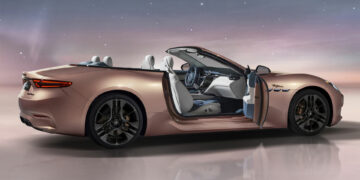

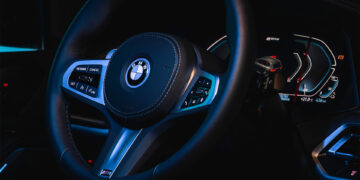
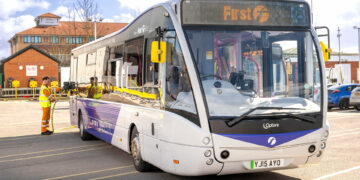

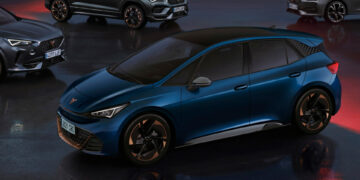


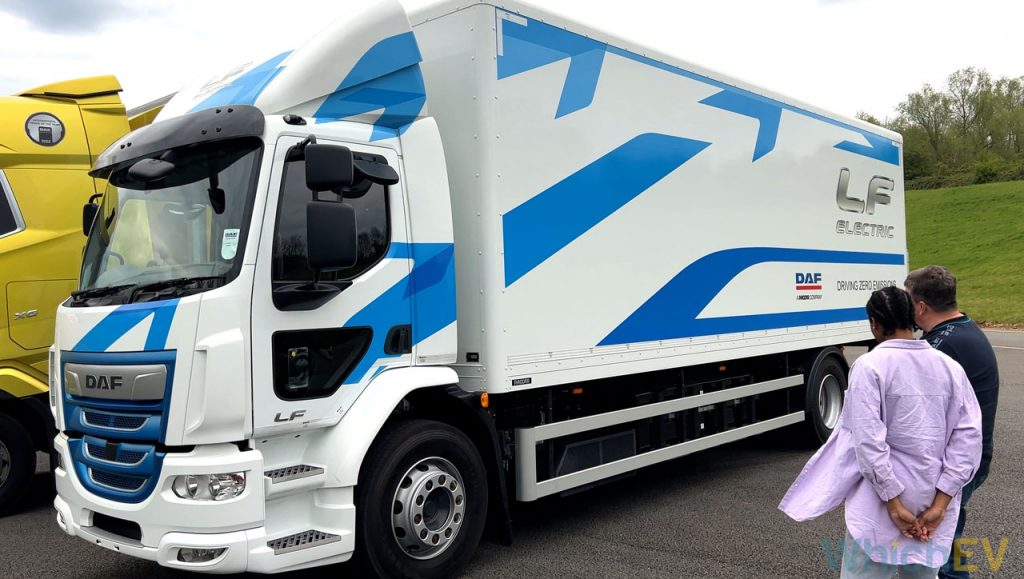
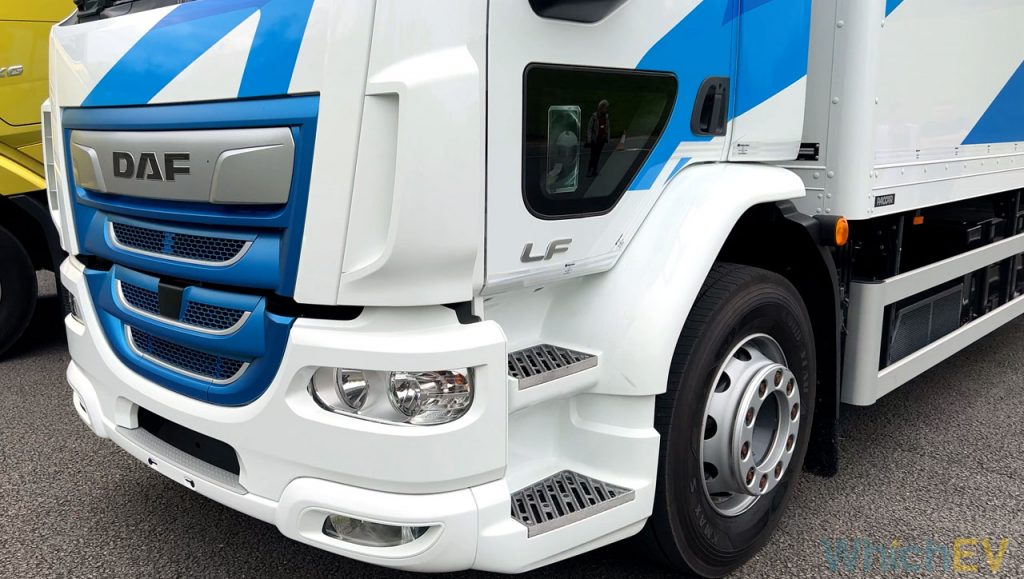
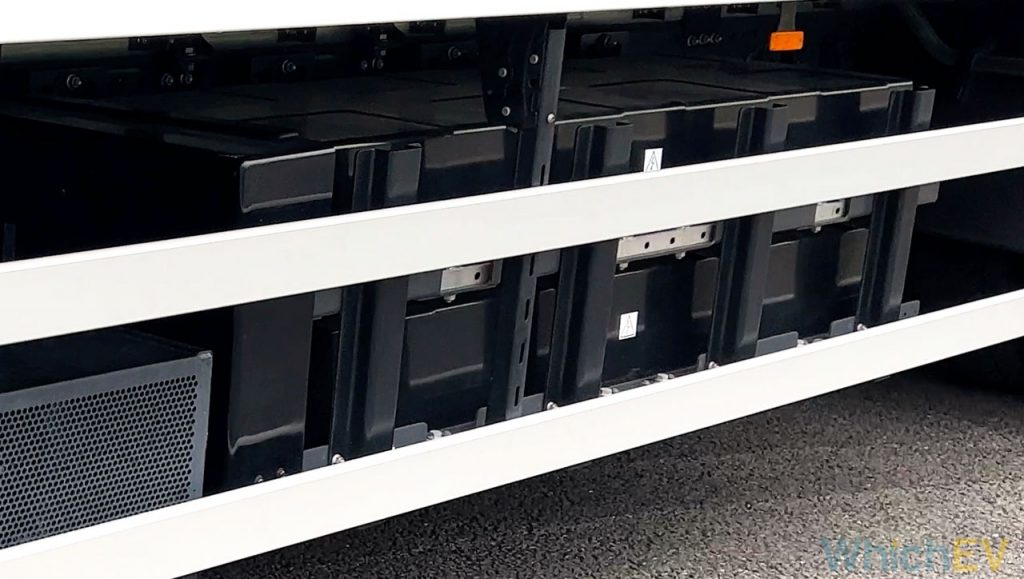
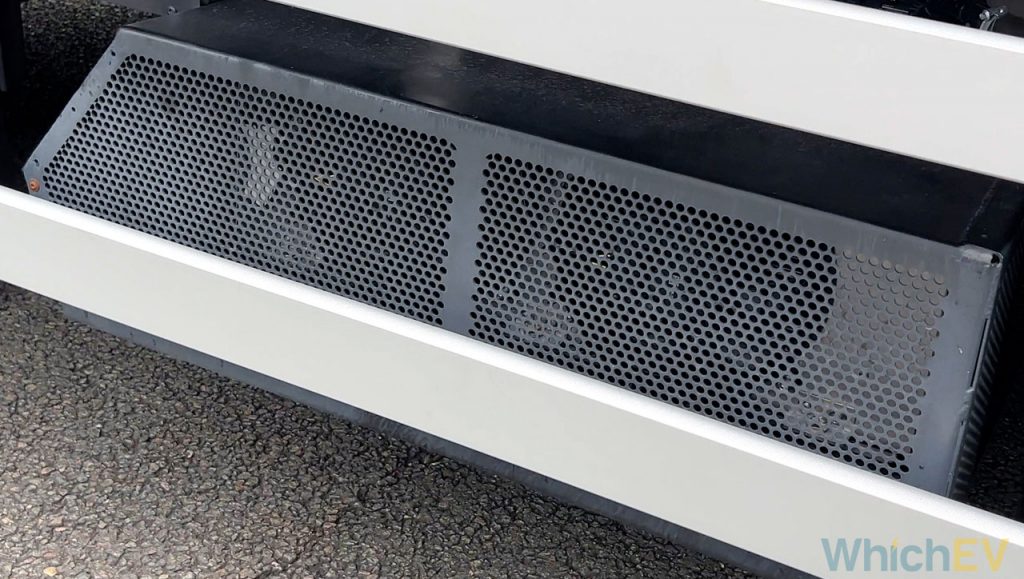
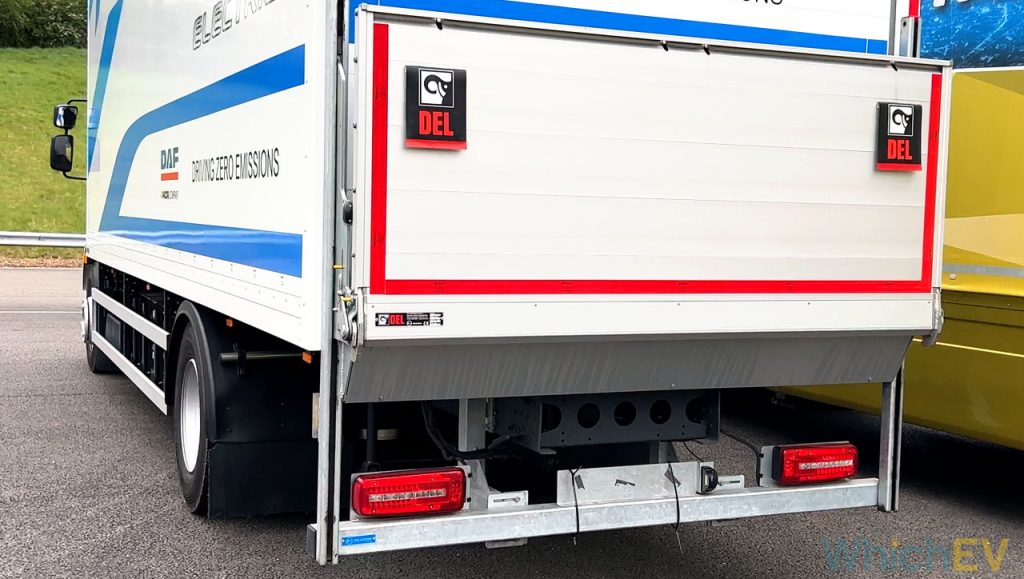

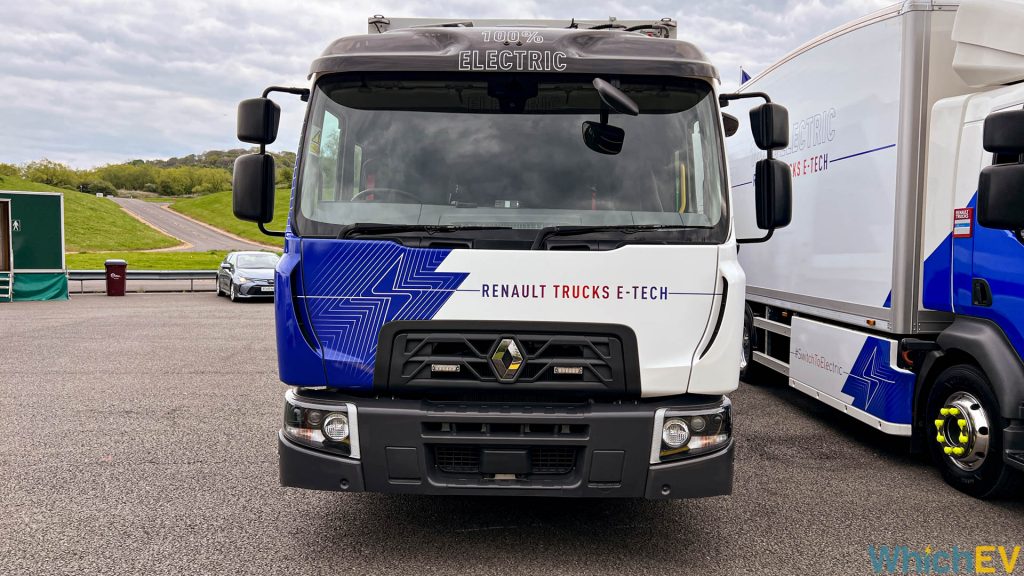

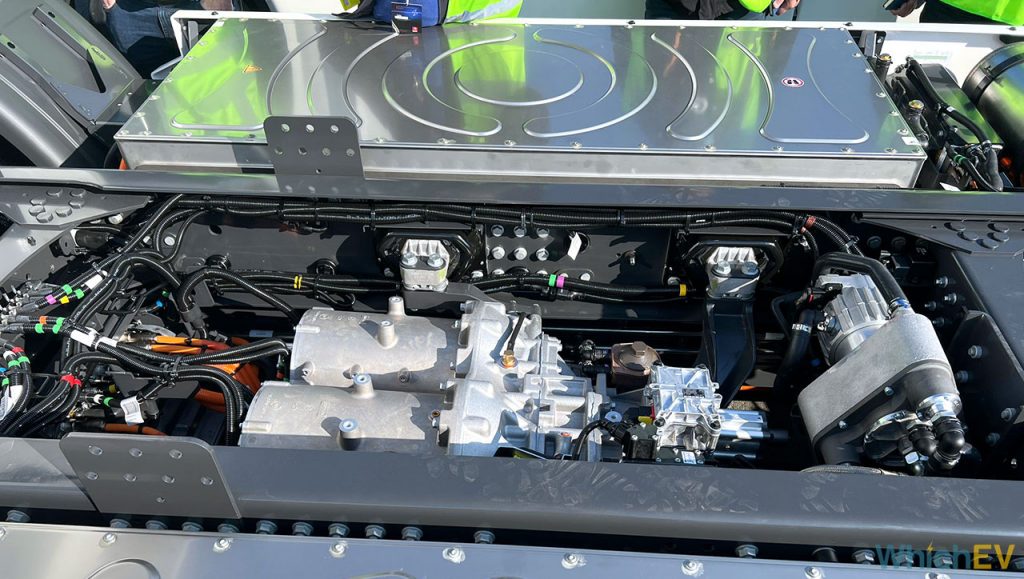

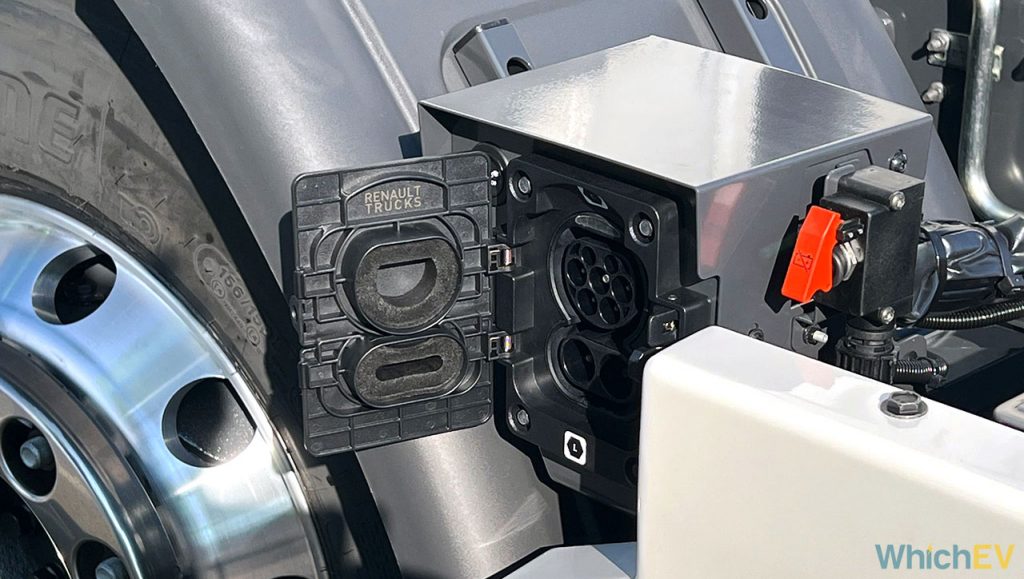
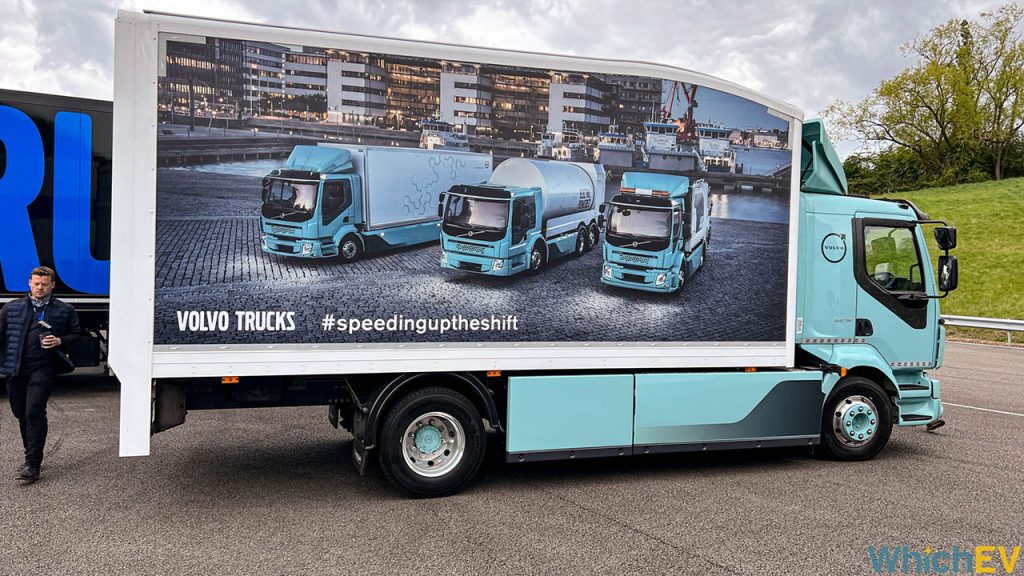
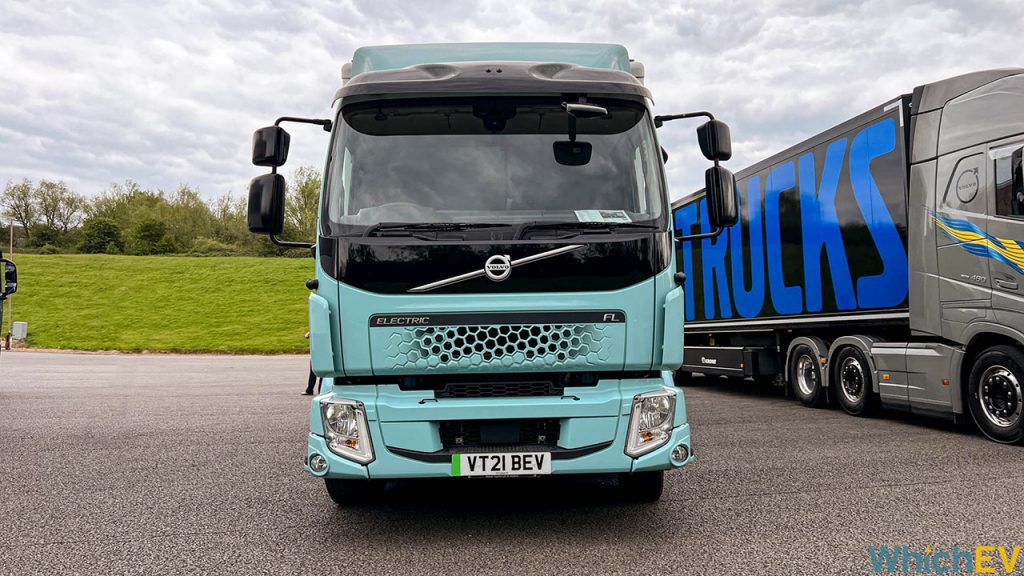



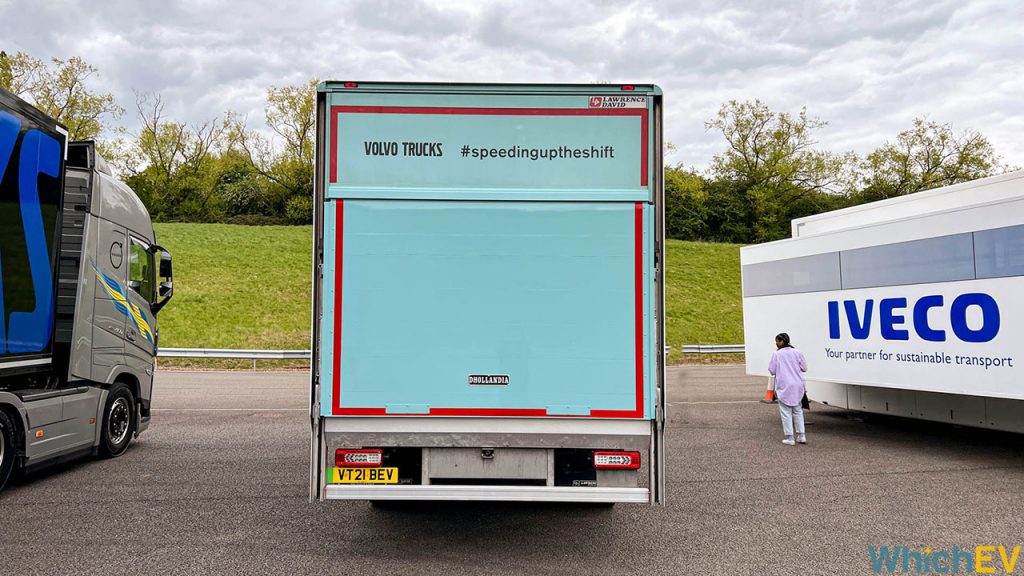












Discussion about this post